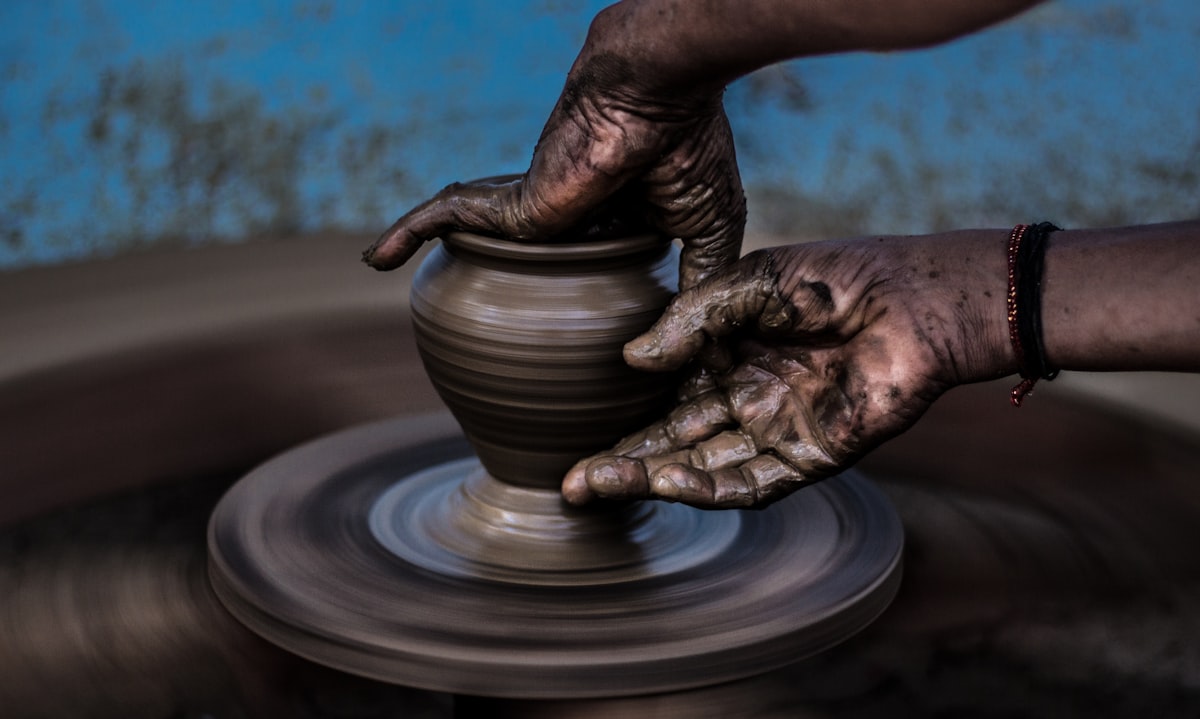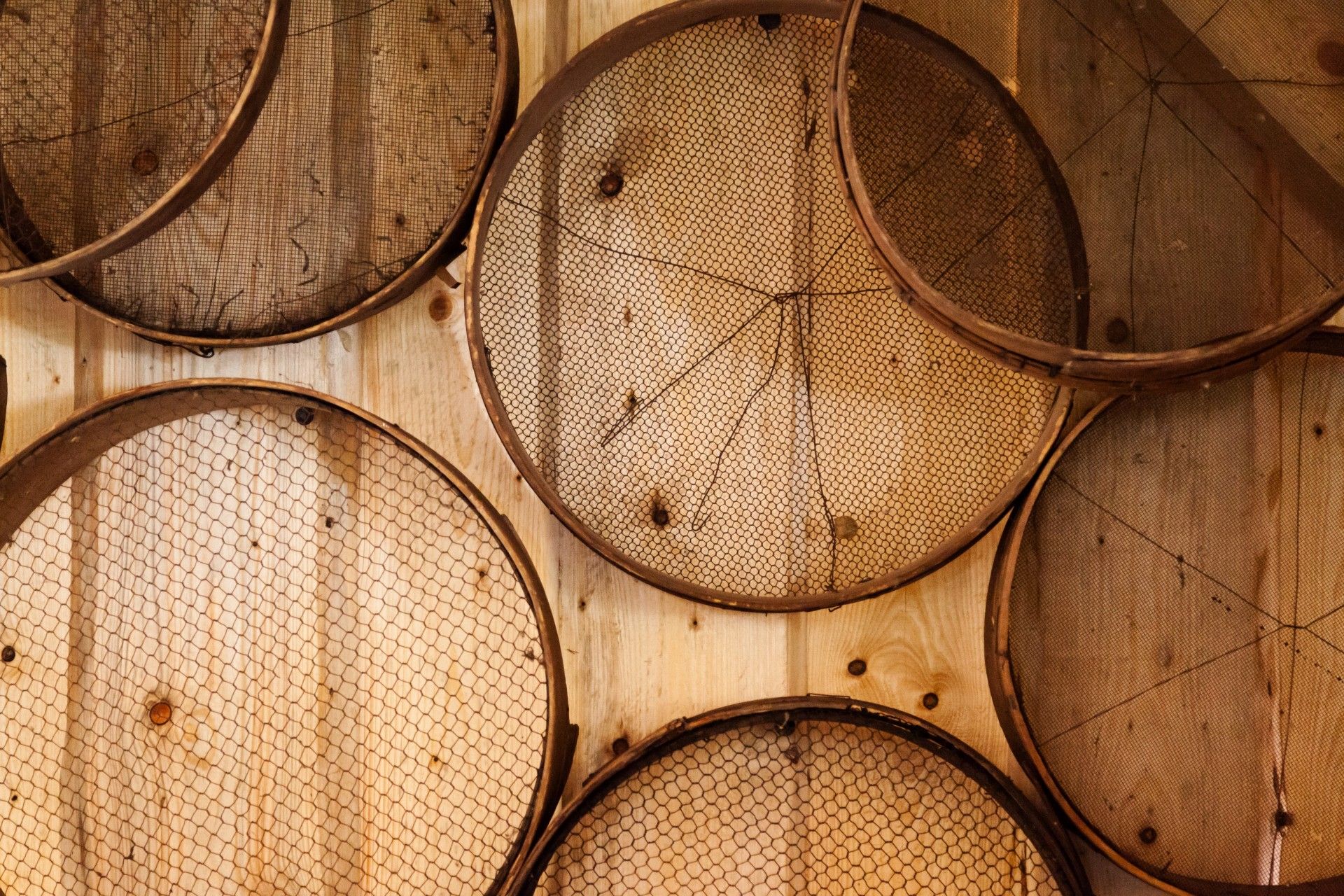II: Clay
A look at who's eaten clay and why.

Good morning. Today is duodi, the 12th of Nivôse, Year CCXXXI. We celebrate l'argile, soft earth that was made for making.
Nobody knows exactly why people crave dirt sometimes. There have been two main groups associated with geophagia – the mania of desiring to eat soil or clay – and both were living in highly repressive conditions. First, there was an outbreak of geophagia among young European women in the 16th and 17th centuries, and which continued well into Fabre d'Eglantine's days. Secondly, there was a noted tendency for enslaved or famished Africans to engage in the practice.
In current times, there are still regions in South Africa where fine red clay is considered a delicacy, and the propensity for pregnant women to turn to pica has been written about since ancient times, nearly always with an indulgent smirk. But geophagia is still hotly debated. Is it a mental disorder? An atavistic craving for minerals? Something deeper and harder to define?



